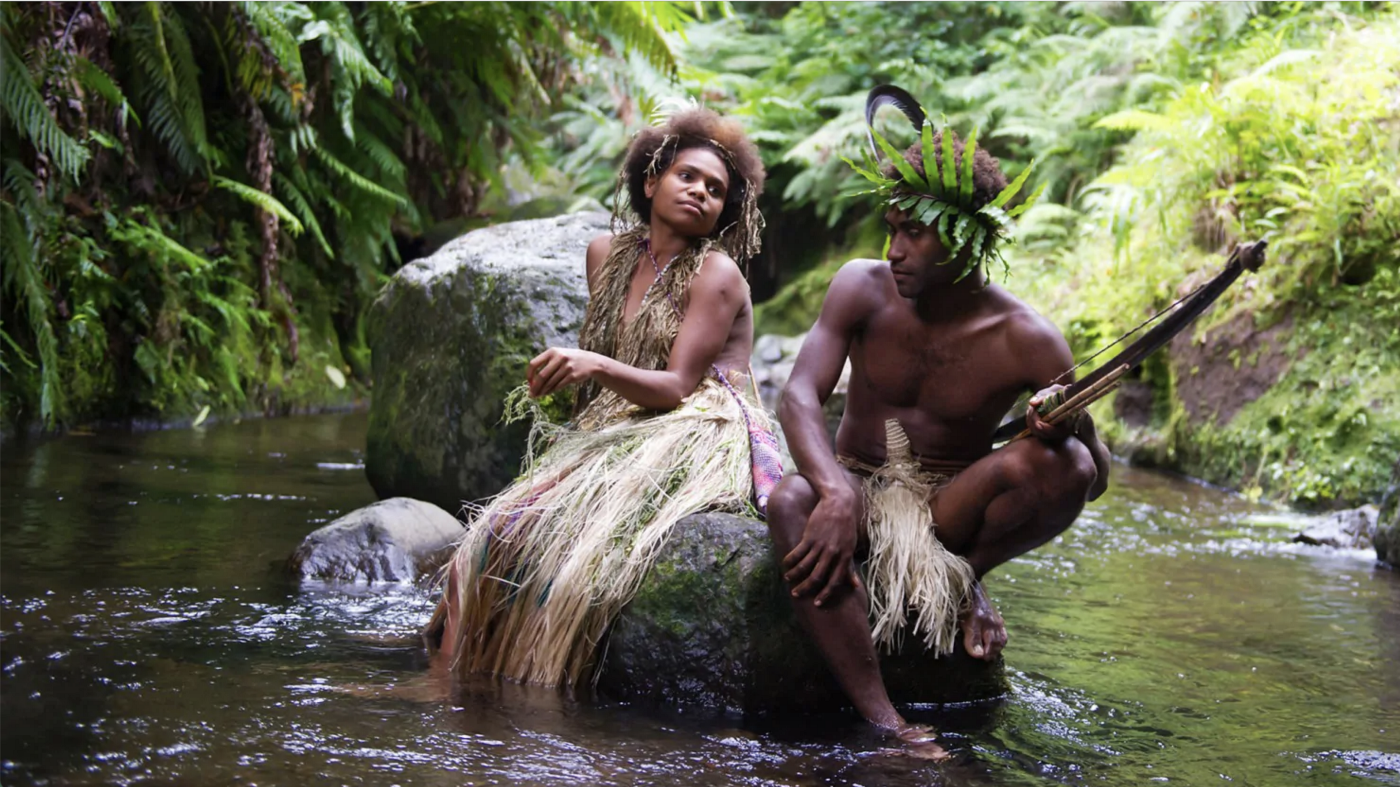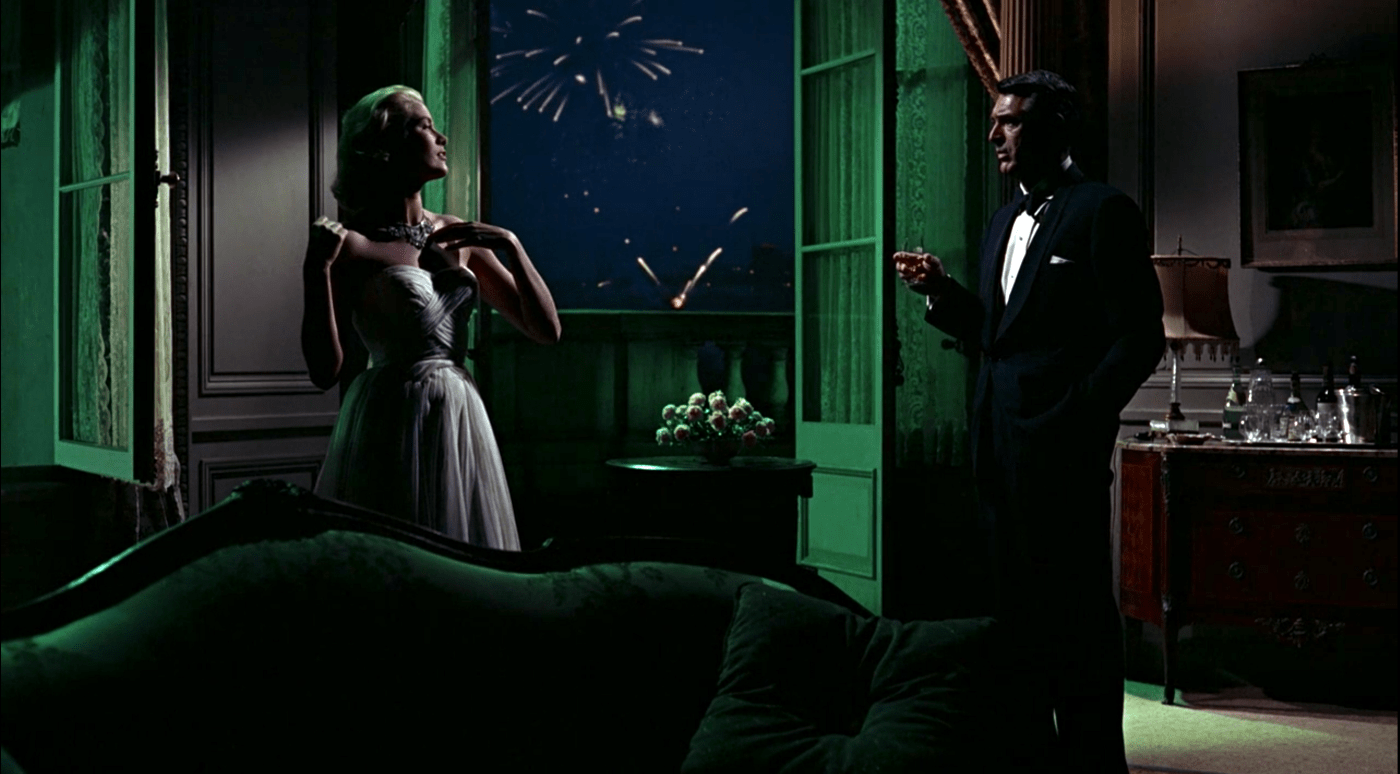
Weegee the film is a good bit like Weegee the man. Neither one is easily quantified or categorized. Arthur Fellig who renamed himself Weegee was a down-and-dirty pulp photographer who used his police radio to chase after crime, gore, and depravity. Bloody corpses in the street, overdosed addicts in dimly lit hallways, and thugs being led away in handcuffs were his stock and trade.
It was these sensational and shocking images that garnered him the most attention but Weegee photographed everything in New York City from the rich at the top to the poor at the bottom. You could find him in black, jazz clubs up in Harlem or photographing kids at play in Central Park. His fluid travel between high and low, pulp and art, prurient and profound resulted in his work appearing simultaneously in the Museum of Modern Art and on the pages of tabloid newspapers.

Weegee was a combination witness, visionary, peeping-tom, and observer. He was like a proto-Andy Warhol, fascinated by what fascinated people. Weegee did a whole series of celebrity portraits and like Warhol, they revealed something unstable and dark about not only their subjects but about celebrity in general.

The Imp-probable Mr. Weegee conveys all this and more. It’s hard to know what to say about it. It isn’t a conventional film but it’s too facetious to be an avant-garde, experimental film. It isn’t a documentary but you learn a lot about Weegee and get to see his work. It’s a silly comedy, it’s a nudie cutie, and it’s a time capsule from 1966. The film is all over the place and can be hard to follow. Sometimes it seems like a montage from The Man With A Camera, or like a Monsieur Hulot movie or a Mr. Magoo cartoon.

The premise of the film is surreal. Weegee falls in love with a female mannequin but she is shipped off to Paris. He hops on a plane to try and track her down. Weegee pronounces her the perfect woman for him, “Strong in body and weak in mind.” Women don’t fare well in the film. They are nothing more than sex objects to be ogled, but it seems like the entire world is populated by objects Weegee wants to ogle.

There are strange cross-cut montages that try to incorporate gratuitous nudity but end up jumbling images into nonsensical chaos that makes you tilt your head like a confused puppy.

The Imp-Probable Mr. Weegee is one of those films that either has a lot more going on or a lot less going than what appears on the surface. Near the end of the film. A policeman who has arrested Weegee for marrying the mannequin wonders aloud “I can’t convict a man so sensitive, so lofty in his motives, however misguided.” This is could be seen as an assessment of both the man and the movie, maybe.
There are numerous scenes that address art, either as a medium, an industry, or a means of getting laid. The film is mostly parody but through the parody, it asks questions about where the artist fits into society. Weegee narrates most of the film and adopts a kind of overblown sophistication as a counterpoint to the slapstick comedy on screen. It’s a lot like an early Russ Meyer film in this respect. The narrator puts on airs as if he is a high-brow critic examining a sophisticated work of art. Through this persona, he parodies those who would take the film or the artist too seriously.
Weegee lived in a small apartment on the lower East Side of NYC. He covered his walls with photos and articles in an ever-changing. haphazard collage. Right above his bed, there was a picture of Alfred E. Newman from Mad Magazine. Alfred seems like an apt mascot for Weegee. A merciless jester willing to undermine everyone, but there was something serious about Weegee as well. He also belongs to a category of sincere photographers like Jacob Riis and Brassai who saw society’s foolish foibles alongside the true tragedies and injustices that connected all their images into a rich rendering of society.

The Imp-Probable Mr. Weegee is a bit like a drunk driver. It veers unexpectedly in different directions and is often in danger of losing control. There’s a lot in the film that is just stupid but there is enough substance woven into the junk to create something more than just a comedy.
Weegee would go on to make films of his own and to work with Kubrick on Dr. Strangelove. As an artist, Weegee managed to work his way into the canon. You’ll find him in most textbooks on the history of photography. He managed to be taken seriously even when he was playing the fool.

If you enjoyed this article you might also enjoy - https://filmofileshideout.com/archives/a-little-about-andy-warhols-films/



